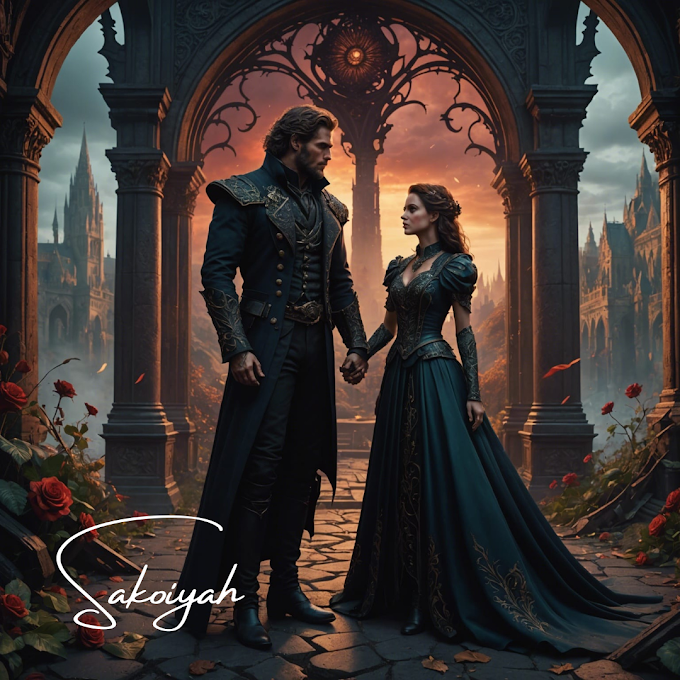Every captivating story thrives on conflict. It is the driving force that propels characters into action, creates tension, and keeps readers hooked from beginning to end. Understanding the different types of story conflicts and how to utilize them effectively can elevate your storytelling skills to new heights as a writer. This blog post will explore the essence of story conflict and its significance in crafting engaging narratives. We will also provide an extensive list of conflict types to inspire your next masterpiece.
What is a Story Conflict?
At its core, story conflict refers to the struggle between
opposing forces within a narrative. It can manifest in various forms, from
inner turmoil within a character's mind to external clashes between individuals,
societies, or even nature. Conflict drives the plot forward and challenges the
protagonist, forcing them to grow, change, and overcome obstacles.
The Importance of Story Conflict
Story conflict serves as the beating heart of any compelling
tale. Without conflict, stories can feel flat, uneventful, and lack the tension
necessary to captivate readers. Conflict injects life into your narrative,
creating a sense of urgency, emotional resonance, and stakes that keep your
audience invested. It provides an opportunity for character development,
reveals their strengths and weaknesses, and keeps readers eagerly turning
pages.
6 Types of Story Conflicts
1. Man vs. Self
This internal conflict explores the protagonist's struggles
with their fears, doubts, or desires. It delves into their inner turmoil and
emotional battles, forcing them to confront their flaws and make tough choices.
2. Man vs. Man
One of the most
classic forms of conflict, this type portrays the clash between two or more
characters. It can stem from personal vendettas, ideological differences, or a
clash of personalities.
3. Man vs. Society
This conflict explores the protagonist's struggle against
the norms, values, or expectations of the society they inhabit. It sheds light
on societal injustices, challenges oppressive systems, and examines the
individual's fight for justice or change.
4. Man vs. Nature
Nature can be a formidable adversary. This conflict pits the
protagonist against the forces of the natural world, such as surviving in the
wilderness, battling a storm, or facing a dangerous animal.
5. Man vs. Supernatural
In this conflict, the protagonist confronts supernatural or
paranormal entities, whether they are ghosts, monsters, or mythical creatures.
It often explores the protagonist's courage, resilience, and belief in the face
of the unknown.
6. Man vs. Technology
This conflict has gained prominence with the rise of
technological advancements. It focuses on the protagonist's struggle against
the negative impacts of technology, such as artificial intelligence,
surveillance, or the loss of human connection.
Recommended Read | 100 Unique Characters for an EpicTale: A Diverse Collection to Inspire Your Storytelling
20 More Types of Story Conflicts
As a writer, you can draw from various conflict types to add
depth and complexity to your story. Here are 20 more conflict types of sparking
your creativity:
1. Man vs. Destiny/Fate
2. Man vs. Time
3. Man vs. Addiction
4. Man vs. God/Deity
5. Man vs. War
6. Man vs. Prejudice/Discrimination
7. Man vs. Government
8. Man vs. Loss/Grief
9. Man vs. Honor/Duty
10. Man vs. Identity
11. Man vs. Revenge
12. Man vs. Memory/Amnesia
13. Man vs. Fame
14. Man vs. Love
15. Man vs. Tradition
16. Man vs. Wealth/Poverty
17. Man vs. Silence
18. Man vs. Science/Ethics
19. Man vs. Perception/Reality
20. Man vs. Creativity/Writer's Block
Recommended Read | Exploring the Tapestry of Conflict: Unveiling the 26 Types of Story Conflict
How to Use Conflict to Enhance Your Writing
1. Define your story's central conflict early on.
2. Create multidimensional characters with unique conflicts
and motivations.
3. Introduce obstacles and complications that escalate the
conflict.
4. Balance internal and external conflicts to provide depth
and authenticity.
5. Use conflict to reveal character growth and
transformation.
6. Allow conflict to shape the pacing and structure of your
story.
7. Maintain a delicate balance between conflict and
resolution.
Recommended Read | How to Use Conflict to EnhanceYour Writing
Conclusion
Story conflict is the catalyst that propels your narrative
forward, engrosses readers, and breathes life into your characters. By
understanding the various types of conflict and how to employ them effectively,
you can master the art of storytelling. So, embrace conflict, explore its
nuances, and unleash its power in your writing. Let it be the driving force
that captivates your readers and keeps them on the edge of their seats, eager
to discover how your characters overcome their struggles and find resolution.
Happy writing!




.png)

.png)




0 Comments